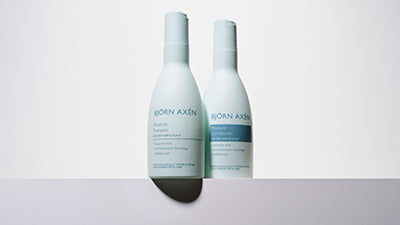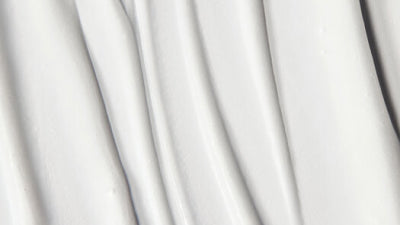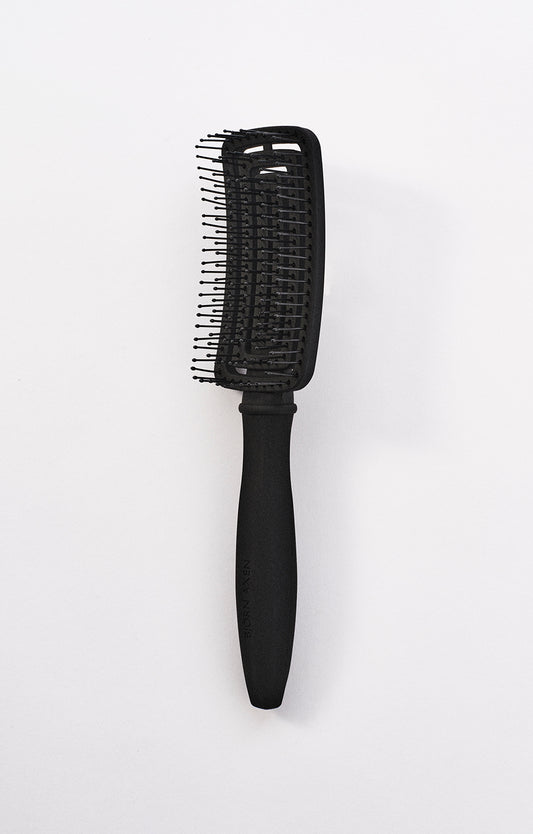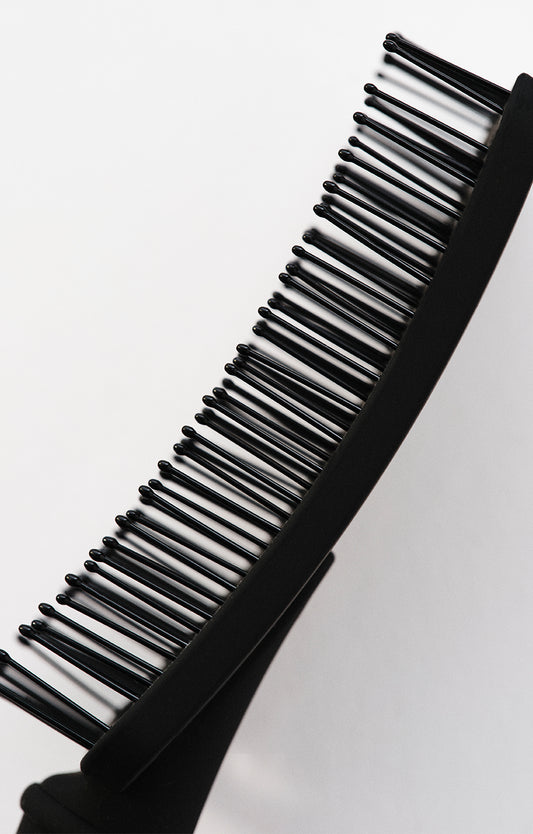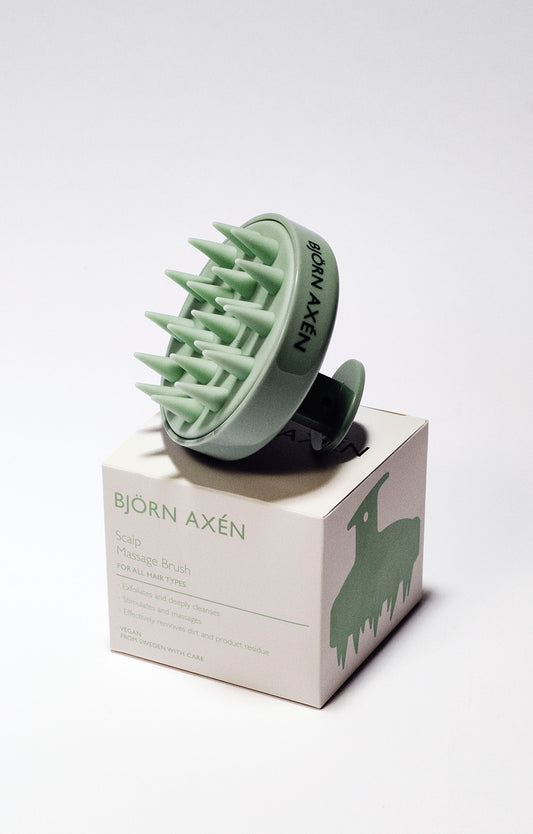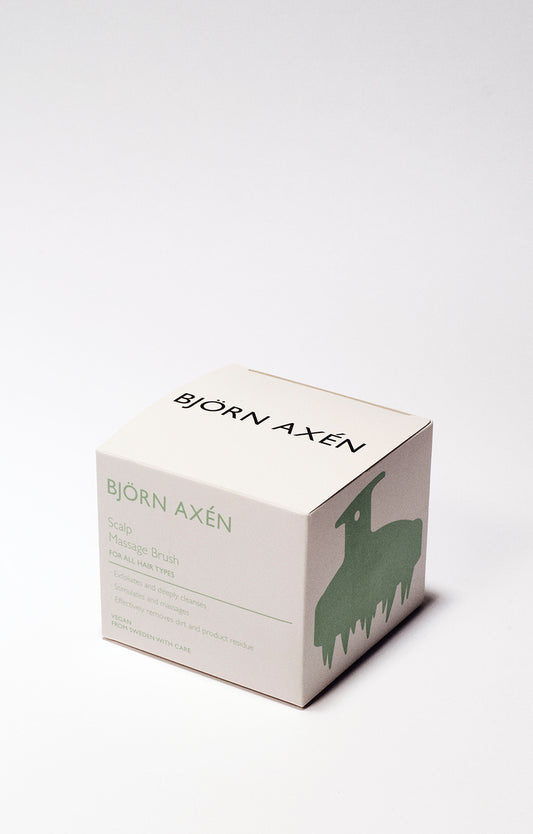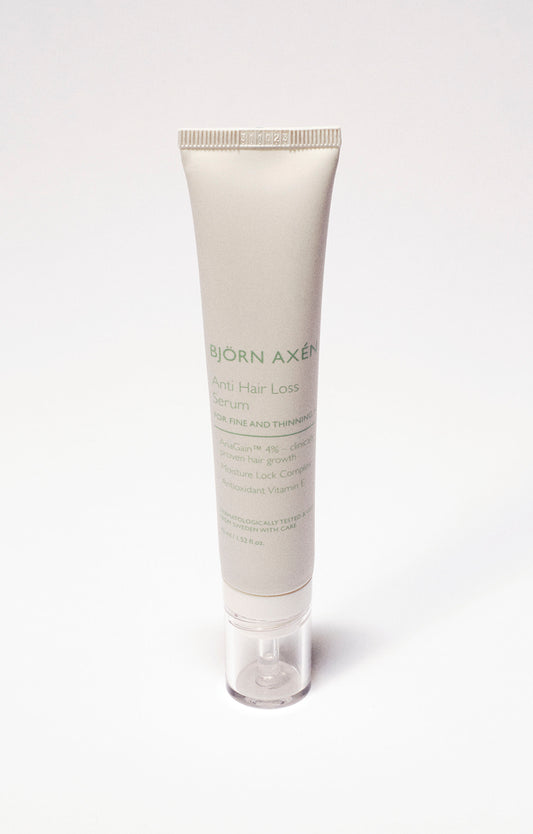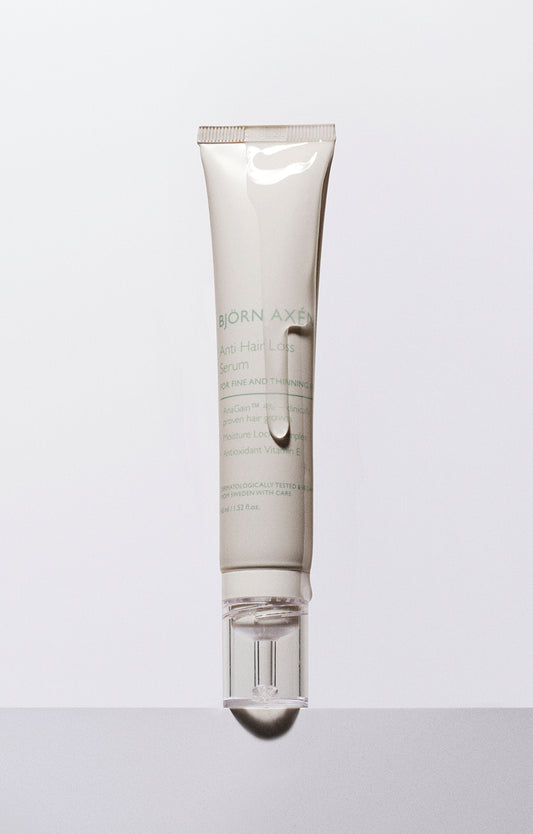Seven hair care myths – and the facts
Maintaining healthy and beautiful hair is a topic of interest for many people, and as a result, various hair care myths have emerged and circulated. With the abundance of information available today, it can be challenging to distinguish between what’s true and what is simply myth. In this article, we will debunk some common hair care myths to help you take better care of your hair.
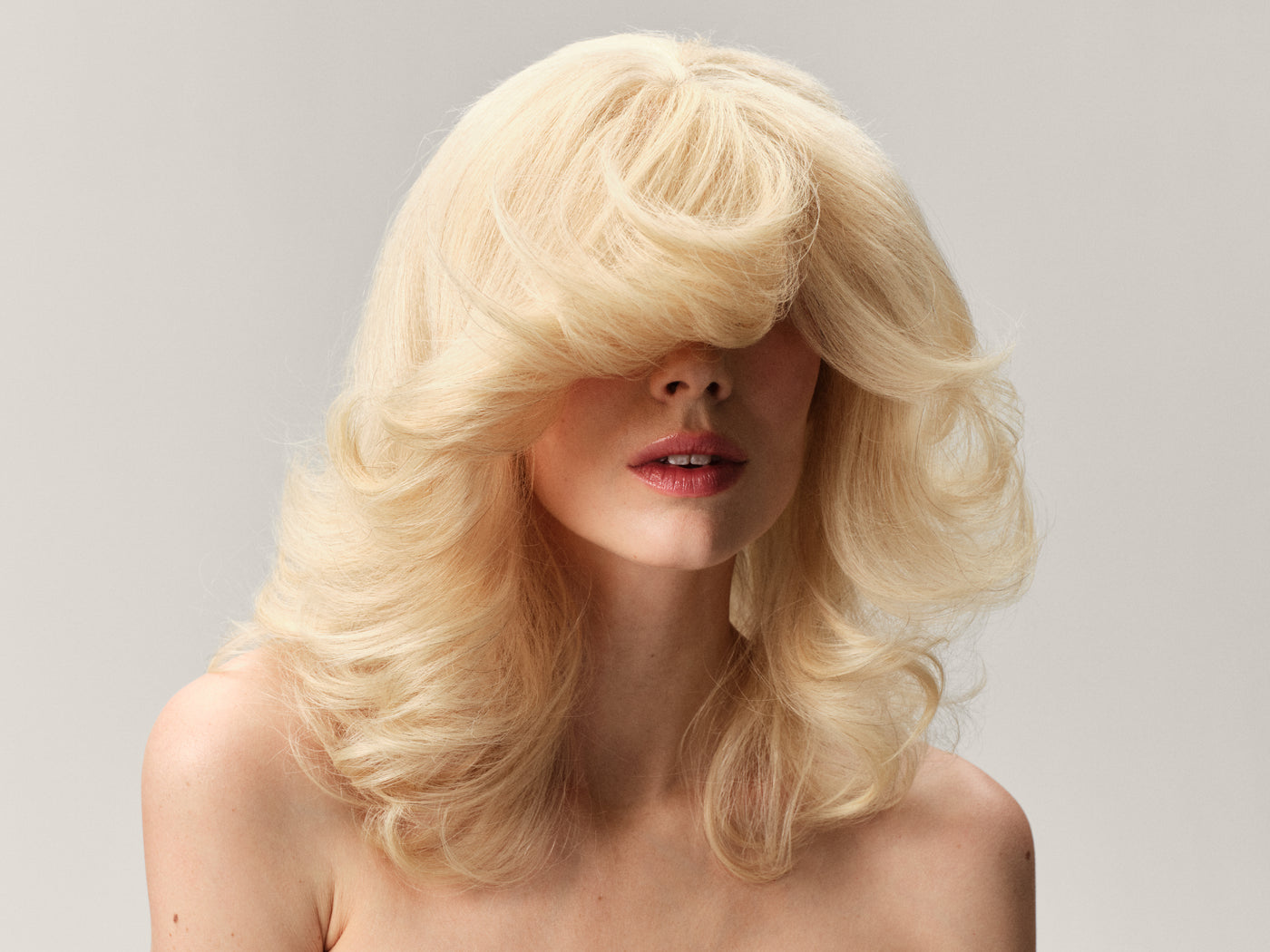
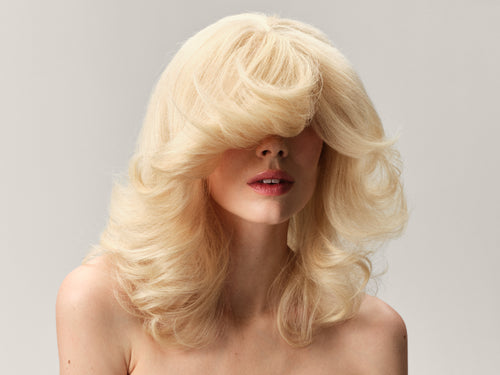
1. Sulfates are bad for your hair.
SLES (Sodium Laureth Sulfate) effectively dissolves grease and dirt in water and is a commonly used surfactant in both hair and body care. SLES is often combined with other types of surfactants to create rich lather. SLES is not dangerous for the hair, it washes and cleanses the hair and scalp. However, if you’re still looking for sulfate-free options, feel free to choose our Argan Oil Shampoo.
2. Silicones are bad for your hair
It’s an old misconception that silicones create a layer on the hair that prevents it from “breathing” and is difficult to wash off. It’s not true! The silicones used today can be easily washed off, and they make hair shiny, smooth and easier to manage. They play an important role in the sensoriality of the product. Having said that, it’s important to mention that Björn Axén never uses cyclic silicones, which have been proven to have a negative impact on our health.
3. Apply the conditioner only in the lengths of
your hair in order to avoid the top getting greasy
It all depends on the conditioner you use. All Björn Axén conditioners contain caring ingredients that should also be applied in the scalp. Hair at the root also needs the conditioner to make it soft and shiny. At Björn Axén we always encourage everyone to use conditioner in the scalp – in the same way as your face needs a moisturizing cream after washing, your scalp needs some moisture too!
4. Only dry hair and scalp needs moisture
Exactly as with the face, all skin types need some moisture to feel good, including an oily scalp. If you don’t moisturize your scalp, you risk an imbalanced oil production in your scalp, which can lead to various scalp issues.
5. Dandruff is the same as a dry scalp
Dandruff does not always mean that your scalp is dry. It’s still unclear what exactly causes dandruff. It’s most probably the body’s reaction to yeast that is found naturally on your skin. Some of us can be extremely sensitive to it and that’s when dandruff occurs. Even though it’s a common misconception that only those with a dry scalp experience dandruff, it’s not the case – and even those with an oily scalp can experience this issue. If you feel your scalp is dry and needs some love, choose our Moisture series – don’t miss the last step in the routine, which is the Moisture Hair & Scalp Serum.
6. Washing hair too often damages it. It’s best to wait as long as possible between washes
Washing hair often is not damaging for the hair, as long as you use a high quality shampoo and follow with a conditioner suitable for your hair type. Those with an oily scalp will naturally need to wash their hair and scalp more often in order to avoid greasy hair.
7. Heat styling tools damage hair.
As long as you use heat protection products prior to styling with tools, your hair is protected and won’t get damaged. Modern styling tools are also advanced and help minimize the risk of damage by offering the possibility to adjust the temperature. Before styling your hair with heat styling tools, be sure to spray it with one of our best-selling products, Heat Styling Protection. It protects the hair from the potential damage from heat styling tools, at temperatures up to 220°C. It’s important to use heat protection, even if you only add heat to your hair when you blow dry it.
